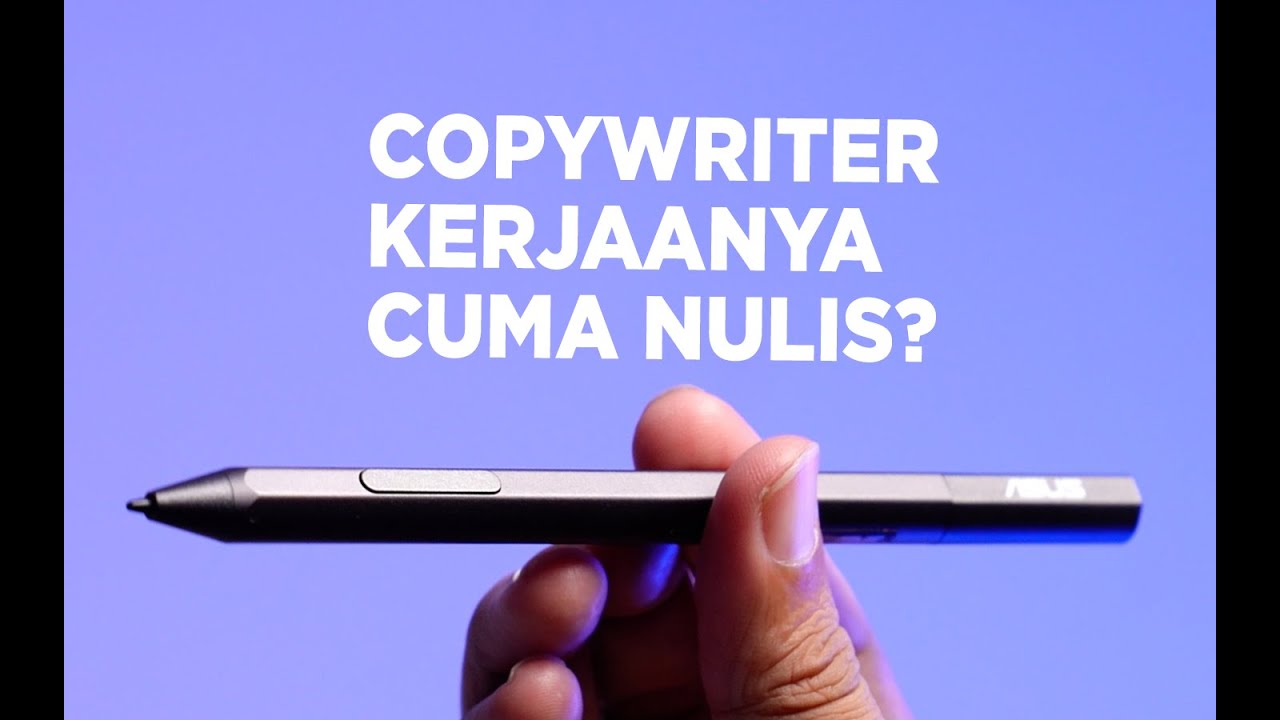Marc Harty’s 7 point formula.
#1 Headline
Keep your headline short and make sure you have your keyword phrase in your headline. This is key and something that even the experts miss or forget to do. The earlier you put your keyword phrase in the headline the better.
#2 Summary
Two or three sentences… What is this press release about? What are you talking about? What is the topic?
#3 Intro Paragraph
If you know anything about copywriting you know that the purpose of the headline is to get you to keep reading. The purpose of the summary is to get you to keep reading to the intro paragraph. The purpose of the intro paragraph is to get you to read the rest of the release.
I like to ask a question. I don’t want to get right into talking about myself. I want to add some context. I want to say these day’s things are tough in the economy whatever it is, but something that can build rapport with people.
This isn’t just a press release, its common sense and copywriting 101. Build that rapport with your audience.
#4 Quotes
You’ve probably seen this on the news or in a press release. There is somebody quoted. If you’re doing a press release that somebody is you, but it doesn’t have to be you.
For example, if you’re using one of my techniques and piggybacking on current events, maybe that quote is something that’s out there in the media. Maybe it’s a third-party, a research study and you’re quoting the person who’s in charge of that study.
About 99% of the time, I write the quote for my clients and let them okay it. This isn’t Shakespeare. You don’t have to say something that goes on and on or that will live for 300 years. Make it pithy, short and sound bite worthy.
#5 Support Points – Facts
When I first started in copywriting I learned the distinction between facts and claims. If I say we’re number one, that’s a claim. If I can say we’re number one, because we sell more units or we’ve generated more revenue, now I’ve taken that claim and made it a fact.
What can you do that are support points that are fact-based that you can talk about in terms of your story or topic for that press release?
#6 Call to Action
I would say most people that do press releases do not have a call to action and if they do it goes something like this: “Visit our website blahblahblah.com. Call our toll free number blah-blah-blah.” I don’t know about you, but I am not incentivized. I’m not motivated to move further in learning about this business, service or company, because I don’t know what’s waiting for me. It seems kind of pedestrian.
In press releases people were taught to be non-promotional, because it’s a press release. It needs to be editorial and that’s true. One of the differences in press releases is you can’t use the word “you” in copy, because it needs to be written in third-person.
#7 About
This is a paragraph your company, not the subject of the press release, because you may have multiple products. And it can also be about you if you’re an author or speaker it can be about you.
This is an opportunity that if you have some credibility, if you’ve been published in a specific magazine, as seen on CNN whatever those things are, those are the opportunities to put in that about section.
This about section is consistent from release to release, which is good, because now part of your press release is already pre-written for you and it’s not going to change. It doesn’t have to be long. I usually do three or four paragraphs. Also put in your link to your website.



